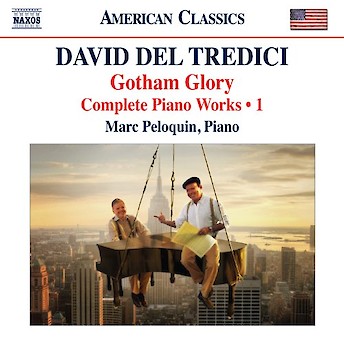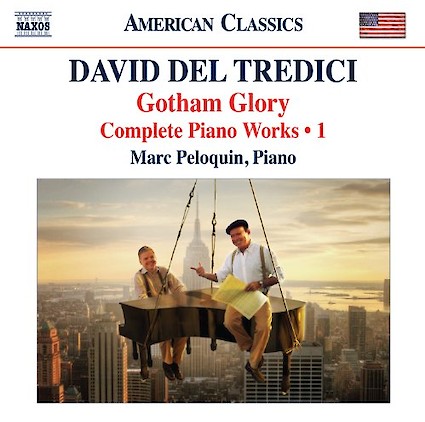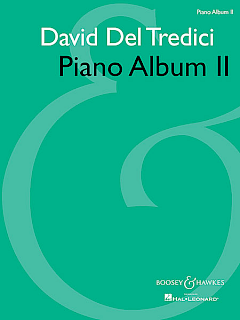Subtitled "Portrait-Fantasy on the Letters/Notes/Name B, R (re = D), U (ut = C), C, E," Ballad in Lavender began life as a tribute to a pianist-friend, Bruce Levingston, who in due course commissioned the piece.
Believing personally that "gay" is something to be celebrated, not hidden away, I give my titles a gay overtone whenever appropriate. Thus, my works include Gay Life, S/M Ballade, Queer Hosannas, and now, Ballad in Lavender. (For the uninitiated: Lavender is a color often associated with things gay — such as, for example, the lavender line that marks the route of New York City's annual Pride March.)
Ballad in Lavender has an elaborate Introduction with Cadenza that leads to the opening motto-theme on the notes B-D-C-C-E in a dance-like 6/8 rhythm that alternates seductively with one in 9/8. A second, more sustained, theme follows and builds to a climax. The Introduction returns, goes to a new place, then grandly recapitulates the two main themes, now encrusted with virtuoso figuration. This leads to a Quodlibet, wherein the two themes are combined — one atop the other — then developed.
Though it never came to pass, Ballad in Lavender was originally programmed to precede a performance of Schumann's magnificent Kreisleriana, so it seemed only natural to incorporate fragments of that work into my Ballad. Thus (I imagined), a listener hearing Kreisleriana after the Ballad might feel a bit of dèjá vu, saying to himself, "Haven't I heard some of this before?" — and he'd be right! Appropriating from Kreisleriana was not only my way of connecting the two pieces, but also an expression of love for the music of Schumann, my favorite romantic composer.
Phrases from the Kreisleriana's second movement first appear now in the Ballad against a dissonant, unrelenting G-flat. This leads to another Cadenza and a lyrical, ornamental, espressivo version of the opening motto-theme. A gradual accelerando (which continues to the end of the piece) introduces tiny bits of the first movement of Kreisleriana in alternation with the Ballad's theme — which is eventually displaced altogether, as little by little, the Kreisleriana fragments increase. In a haze of Kreisleriana-cum-Ballad, the piece ends mysteriously.
Recordings (1)


Gotham Glory: Complete Piano Works Vol. 1
2016, Naxos (8.559680)Works
Performers
- Marc Peloquin, piano
